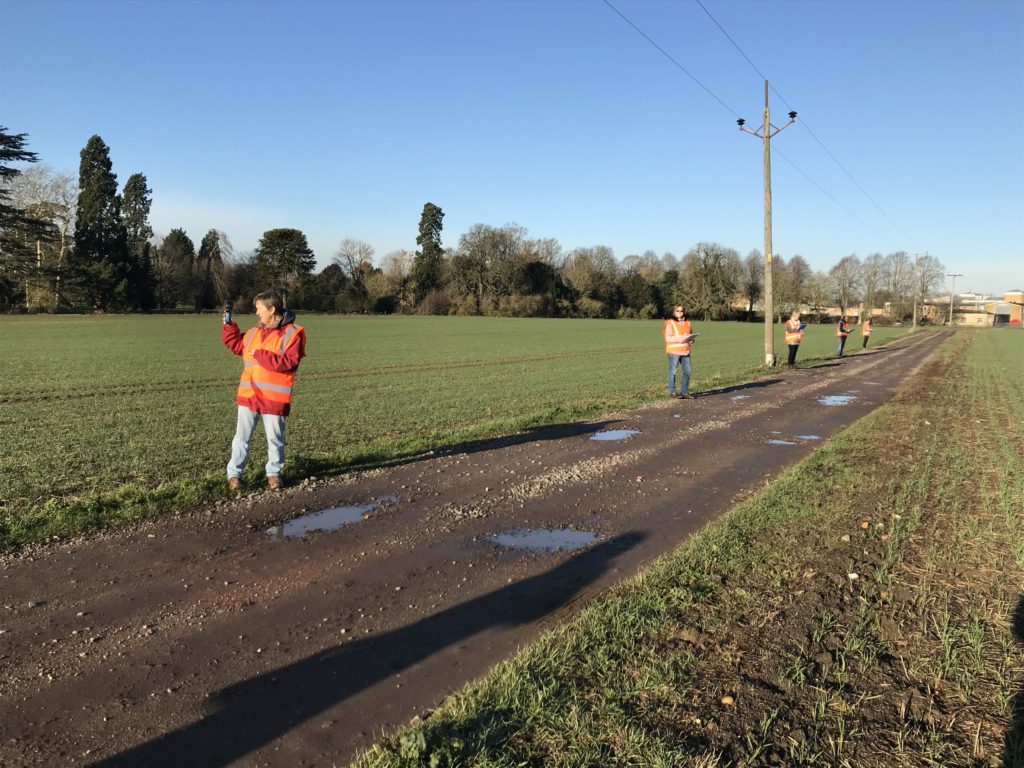Odour Testing – the Importance of Odour Assessors
At Silsoe Odours, we hear lots of questions about the business of ‘smelling’. Are you curious about our super ‘sniffers’, or odour assessors? A lot of the time, people don’t realise it’s actually an occupation! So what’s involved? First of all, a keen sense of smell together with a willingness to put your nose where nobody else dares to. Here’s what else you need to know about our odour testing supremos…
The Joy of Average
Can you sniff out a cream donut at 100 paces? Or maybe you’re oblivious to the delights of the perfume department at duty free? If that sounds like you, then you won’t cut the mustard as a sniffer! At our odour laboratory in Bedfordshire, we conduct olfactometry analysis. This provides a reading consistent with the population’s average sensitivity to smell. In other words, our odour panel forms a representative group of the population.
Objective Odour Testing
A mere 1 in 3 applicants for a Silsoe Odours ‘sniffer’ role are successful. We’re looking for the most objective, consistent data output possible. So we have a stringent selection process to achieve this. Furthermore, our sniffers work in teams of six in the odour testing laboratory. This ensures the highest possible level of objectivity. Our selection process for odour assessors adheres to the European Standard BS EN13725. What’s more, our odour laboratory is UKAS-accredited. So you can rest easy at the quality of our results.
A Trustworthy Nose
Importantly, repeatability is key in our lab! It’s the most crucial element for the Silsoe Odours odour assessors. With this in mind, we consequently put our sniffers through their paces regularly. In this way, we make sure their sniffing senses continue to be consistent. There’s a lot to be said for a trustworthy nose!
But What Are They Actually Doing?
Primarily, our odour panel is responsible for analysing an odour once it has been collected from a site. Our sampling team usually collect the samples by way of an odour emission assessment. However many of our customers also send us odour samples they’ve collected themselves.
Generally speaking, the most popular odour testing service we provide at the Silsoe Odours laboratory is odour concentration testing. But our clever bunch of sniffers can also test odour samples for a number of different features and characteristics. This includes hedonic tone (how pleasant it smells) and odour characterisation (what it smells like).
Odour Testing in Action

Sharon in Action as an Odour Assessor
Our sniffers also form part of our on-site odour panels, where we conduct field odour impact surveys.

An Odour Panel conducting a Field Odour Impact Survey
You can find out more about any of odour testing and sampling services here.
Odour Testing – the Science Bit
So how do we measure the concentration of an odour?
Firstly, we present a panel of six sniffers with not only a dilution of the odour sample, but also a sample of clean air. We use stainless steel horns connected to an olfactometer to do this. Then they select which horn contains the odour, through a ‘forced-choice’ assessment. The sniffers specify whether it’s a guess, inkling or certain choice.
We then repeat the process with increasingly higher concentrations of odour. We’ll only stop when all six odour assessors are certain the odour is present on two successive occasions. The final output gives each sniffer an individual threshold estimate. Finally, we calculate the results to give us the geometric mean of the odour concentration in the sample.
Olfactometer? What’s That?
In essence, the olfactometer is a specialist laboratory instrument which allows us to analyse an odour sample.
What’s the Stink?
You’re probably wondering what kind of thing we come across when odour testing. Well, the most common odour our sniffers encounter is from sewage works. But they could also be faced with anything from to leather to rotten eggs to pet food. Ordinarily it’s really not as bad as it sounds though!
Committed to the Odour Testing Cause
The odour laboratory at Silsoe Odours is far from your average workplace. In fact, it’s completely odour free! And that’s trickier to achieve than you might think. All our odour assessors are tasked with very strict requirements. For instance, they mustn’t use fabric softeners or conditioners on their clothes, or wear perfume or aftershave. But don’t worry, we keep things fresh with our trusty air conditioning system. Our sniffers also leave their teas and coffees outside, and avoid stinky foods before coming in. We’ve even banished glossy magazines, as there’s a scent in the ink that can impact the odour testing results.
Odour Sensitivity Testing
So, do you fancy having a go yourself? You should take a look at Odour Sensitivity Testing. It is a handy way to compare your personal odour sensitivity with the population average. Or in the case of odour complaints, with the complainant’s odour sensitivity. What’s more, it gives you a great excuse to check out our UKAS-accredited odour laboratory. And don’t worry, we won’t subject you to anything too stinky. We keep it strictly to n-Butanol for our Odour Sensitivity Tests.
Here’s a handy set of references…
Institute of Air Quality Management (IAQM)
Guidance on the assessment of odour for planning
Environment Agency
Additional guidance for H4 Odour Management – how to comply with your environmental permit
Odour Study Day
Would you like to know more about odour assessment, odour sampling and odour management?
Take a look at the Odour Study Day training course. It’s CPD-Certified, accredited by CIWEM and endorsed by the IAQM.
The next one’s on 31st January 2019. Drop us a line and we’ll keep you posted, as places fill up fast.

2 Responses
[…] samples are in safe hands. They’re tested by our fully trained (and frequently tested) panel of odour assessors, to the European Standard EN13725. There are a number of different things we can test for, […]
Seeing how the testing process is done is really quite interesting. Now it does make sense that you’d want something like this done at a place where you don’t want a certain smell to present. As you said, doing this would be a good way to figure out where the smell is coming from and what is causing it.